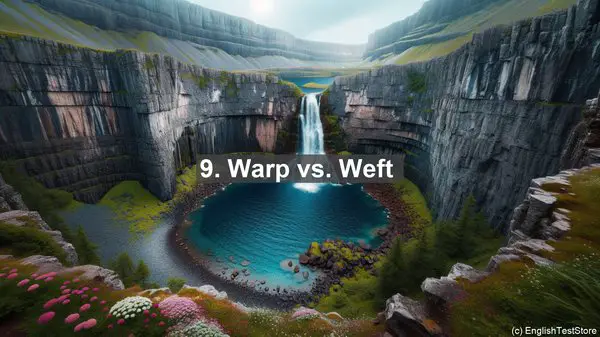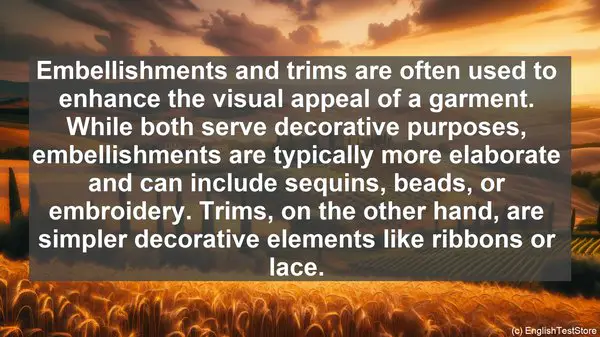Introduction
Hello everyone, and welcome back to our fashion design series. Today, we have an interesting topic lined up – the top 10 commonly confused words in fashion design. Words have the power to shape our understanding, and in the fashion industry, where precision and clarity are crucial, it’s essential to use the right terms. So, let’s dive in!
1. Silhouette vs. Cut
The terms ‘silhouette’ and ‘cut’ are often used interchangeably, but they have distinct meanings. Silhouette refers to the overall shape or outline of a garment, while cut refers to the way the fabric is shaped and assembled. Understanding this difference is vital in conveying your design ideas accurately.
2. Hue vs. Shade
When discussing colors, ‘hue’ and ‘shade’ are frequently confused. Hue refers to the purest form of a color, like red or blue, while shade refers to a color mixed with black. So, next time you’re describing a color, be mindful of using the right term.
3. Couture vs. Ready-to-Wear
Couture and ready-to-wear are two distinct categories in the fashion world. Couture refers to high-end, custom-made garments, while ready-to-wear, as the name suggests, is mass-produced clothing. Understanding this difference is crucial, especially when discussing industry trends or career aspirations.
4. Embellishment vs. Trim
Embellishments and trims are often used to enhance the visual appeal of a garment. While both serve decorative purposes, embellishments are typically more elaborate and can include sequins, beads, or embroidery. Trims, on the other hand, are simpler decorative elements like ribbons or lace.

5. Collection vs. Line
In fashion, a ‘collection’ and a ‘line’ refer to a group of garments designed by a designer or a brand. However, there’s a subtle difference. A collection usually refers to a broader, more cohesive range, while a line can be a smaller, more focused subset within that collection.
6. Draping vs. Patternmaking
Draping and patternmaking are two fundamental techniques in garment construction. Draping involves manipulating fabric directly on a dress form to create the desired shape, while patternmaking involves creating a blueprint or template for the garment. Both are essential skills for a fashion designer.

7. Runway vs. Presentation
When it comes to showcasing a collection, there are different formats. A ‘runway’ show is the traditional catwalk presentation, where models walk down a ramp. A ‘presentation,’ on the other hand, can be a static display or a more immersive experience. Each format has its own unique impact.
8. Bespoke vs. Made-to-Measure
Both bespoke and made-to-measure refer to custom-made garments. However, there’s a difference in the level of customization. Bespoke garments are entirely made from scratch, with every detail tailored to the client’s specifications. Made-to-measure garments, while still customized, are based on existing patterns.
9. Warp vs. Weft
Warp and weft are terms used in the context of weaving. The ‘warp’ refers to the threads that run vertically on a loom, while the ‘weft’ refers to the threads that run horizontally. Understanding these terms is essential when working with woven fabrics or discussing textile production.
10. Moodboard vs. Storyboard
Moodboards and storyboards are visual tools used in the design process. A ‘moodboard’ typically consists of images, fabrics, and colors, capturing the overall aesthetic or mood. A ‘storyboard’ is more sequential, often used to depict the narrative or progression of a collection. Both are valuable in communicating design concepts.
